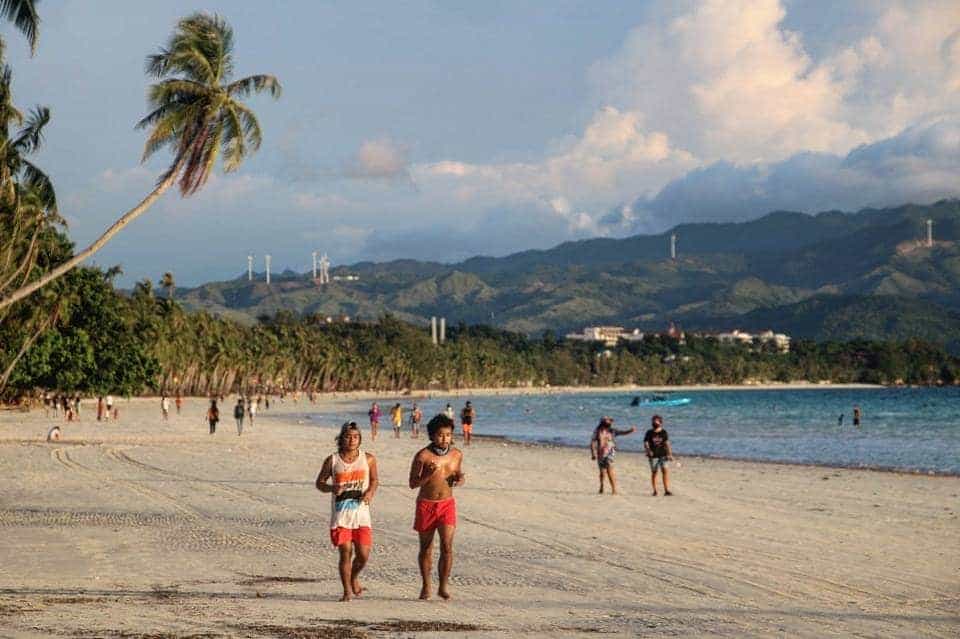
Tourism arrivals in the Philippines declined by 84 percent, the third most affected among selected developing nations, according to an update on the COVID-19 and Tourism by the United Nations Conference on Trade and Development (UNCTAD).
The top three countries with the highest reduction in tourist arrivals in 2020 were Mongolia (89 percent) and China (88 percent).
Neighboring countries such as Thailand reduced by 83 percent, while Malaysia and Vietnam by 79 percent.
“The most affected regions are North-East Asia, South-East Asia, Oceania, North Africa and South Asia. Least affected regions are North America, Western Europe and the Caribbean. This shows that the greatest impact has fallen on developing countries. The reduction in tourist arrivals across developing nations is relatively consistent, mostly between 60 and 80 percent,” said the UNCTAD report.
The report said that tourism is an important source of income for many developing countries, accounting for 50 percent of total exports for many small economies, particularly Small Islands Developing States such as Maldives and Saint Lucia (UNTAD 2020b). Tourism has relatively low barriers to entry and employs a high share of young people and women. UNWTO (2021a) estimates that 100-120 million direct tourism jobs are at stake.
The UNWTO (2021b) report further forecasted a grim outlook for 2021 with experts not expecting a return to pre-COVID arrival levels until 2023 or later. In fact, nearly half of the experts interviewed see a return to 2019 levels in 2024 or later (UNWTO, 2021c). The main barriers are travel restrictions, slow containment of the virus, low traveler confidence and a poor economic environment.
Travel has adapted to the impact of COVID particularly in terms of travel restrictions. Domestic travel has increased, but this does little to help developing countries that are dependent on international travel.
Retirees, who tend to spend more per trip, are more likely to stay at home. Younger travelers, such as backpackers, who seem more willing to travel during this pandemic tend to stay longer but spend less than older travelers. Cruise ships, involving extended confinement, are likely to be less popular.
Developing countries dependent on cruise ship arrivals may need to diversify their industries.
The proportion of vaccinated people can be an indicator of tourists’ wanderlust and their possibilities to travel. Although the proportion in the countries of origin as well as in the destination can be decisive, it is likely that tourists will nevertheless hesitate to travel long-distance, preferring closer destinations with high vaccination levels.
UNWTO also painted three possible scenarios for 2021 including an average reduction of 74 percent, and an optimistic scenario of 63 percent for the second scenario.
The third scenario takes into account varying rates of vaccination and assumes a 75 percent reduction in countries with low vaccination rates, and a 37 percent reduction in countries with relatively high vaccination rates.
Article and Photo originally posted by Manila Bulletin last July 1, 2021 2:45pm and written by Bernie Cahiles-Magkilat.







More Stories
Vista Land Celebrates 50 Years with Sandiwa: An Event Honoring Leadership, Legacy, and the Filipino Dream of Homeownership
Vista Land Celebrates Love Month in Ilocos Region
Vista Land Bridges Cebuano Heritage and Progress with Valencia by Vista Estates